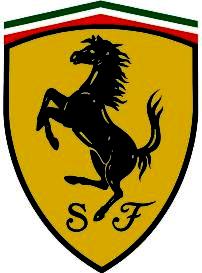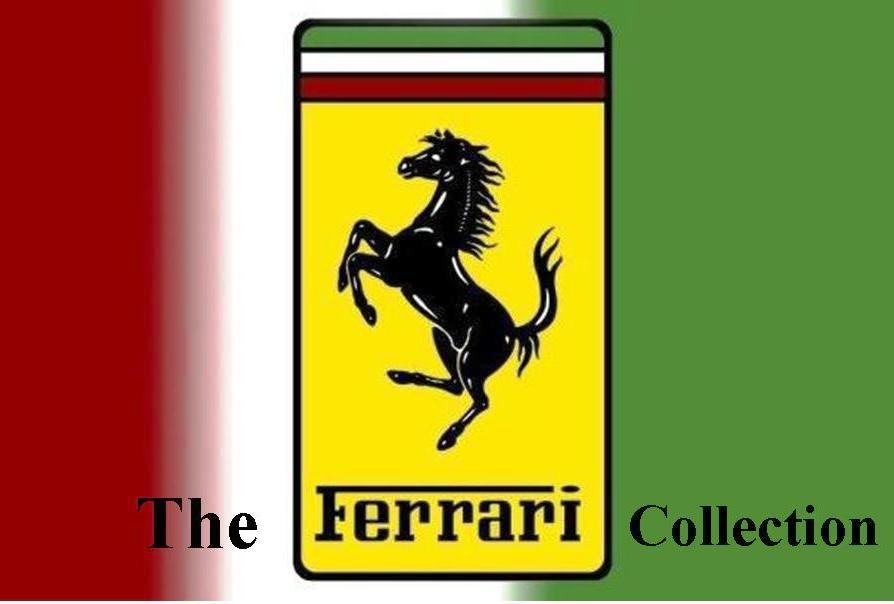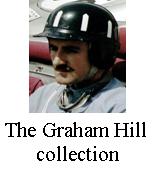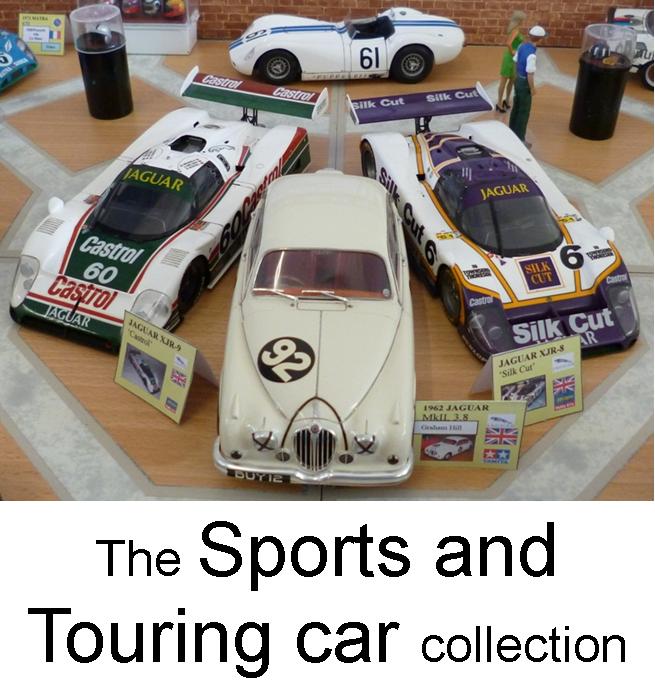The original 1926 Riems-Gueux circuit was a triangle running from the villages of Thillios to Gueux to Garenne. Two sides of the triangle were very high speed straights and slipstreaming battles became common. The circuit hosted an F1 race in 1950 and intermittently through till 1966 but it was most famous for its sports car races. Altered in 1951 to bypass Gueux many people simply referring to the track as Riems from then on.
The 1964 12 hour sports car was part of the world sports car championship, this round being won by a Maranello Concessionaires 250LM, driven by Graham Hill and Jo Bonnier covering a distance 2,448.933 km, or 296laps during the twelve hours of the race. Hill and Bonnier co-drove many times, mostly for the Porsche works sports car team as well as for Col. R. Hoare’s Maranello Concessionaires outfit. They became good friends while team mates at BRM and remained so until the untimely death of Jo Bonnier.
Chassis number 5907 LM won twice in 1964, at the Rheims 12 Hours and at Kyalami in the Rand 9 Hours race, although driven by David Piper and Tony Maggs on the later occasion
Ferrari's 250 GTO was as beautiful as it was all conquering, but all things come to an end and the GTO was superseded by the 250 LM. It was a wholly different vehicle from the GTO in almost every way. While the GTO followed tradition of putting 12 cylinders between the front wheels, the LM had its V12 mounted amidships. This was in keeping with the new thinking that had swept through F1 and now sports cars (and was causing a revolution in Indianapolis too).
Ferrari had already used the mid-engine layout with 250P prototype and achieved a degree of success, 250 Ps finished first and third at Le Mans in 1963. Thus the choice to use that car as a base for the 250LM seems logical. The 250LM is another adaptation from the 250 family, except that it isn’t at all the same as any of the others. It is well known that "Il Commendatore" pulled a fast one to get the 250 GTO homologated, and when he tried the same trick with the 250 LM he was firmly told to go away. Needing 100 units built to meet the criteria for homologation, Ferrari built just 32, and the car had to race in the prototype classes. It never reaped the success it should have.
The car was first shown at the Paris Salon of 1963. Resembling a 250P, but with a roof, the LM had a similar tubular chassis, although the tubing around the cockpit was strengthened to compensate for the LM's heavy doors and low sills. Pininfarina designed the body which was then fabricated in aluminum by Scaglietti, suspension was carried over from the 250P, consisting of double wishbones and coil springs front and rear. Engine wise it carried a 60-degree V12 of 3,286cc breathing through six Weber carb’s reported to produce 320bhp at 7,500rpm, it was much the same as was in the 250GTO and the Prototype just bored out and uprated.


1/24th scale kit.
Superdetailed by Ian.
Anyone who has made this kit, or at least thought about it, will know that the kit is a problematic mix of very good body moulding with rather poor kit engineering. While some of the detail is nice and crisp other detail is missing completely or very much over simplified.
Anyway, Ian had one of his ‘mad moments’ and went all out removing grills and scratch building interior details. He drilled out the kit wheels to remove the solid plastic spokes and put in photo-etched replacements. The engine cover and bonnet turn fasteners were shaved off and replaced with photo-etched ones, and the door handles were shaved off and replaced with scratch built items.
An interesting detail that really turned out well was the re-working of the marker lights. In the kit these are very heavy, over scale items and then they are plated for good measure. Ian drilled into the part from the back and then halved the lump so as to make a hollow half case just like the real thing. The backing plate was then sanded down to a more scale thickness. Some clear sprue, sanded to size and polished was then set into the hollow to represent the bulb. They look so much better than the original kit parts. Note the marks where the one is missing off the left hand door.
Unfortunately having done all this wonderful work Ian then totally messed up the body! After much wailing and gnashing of teeth (code for extensive swearing and crying like a baby) Ian thought this was going to be the first car model he had ever thrown in the bin.................
Then he remembered the museums recovery trailer, built some 10 years earlier, and thought how interesting it might look if it had a ‘barn find’ with it. So after a bit of thought, and tinkering about, this is what we now have. Initially intended to be the 1964 Riems 12hr winner driven by Graham Hill and Jo Bonnier, Ian decided to stay with that colour scheme and model the car as if were coming into the museum for restoration. No longer the competition winning master piece Ian had envisaged but at least he can still say he’s never thrown a model away.
Coincidentally the real car did have to undergo some extensive restoration and now attends concours as well as going racing again.
RETURN TO -


